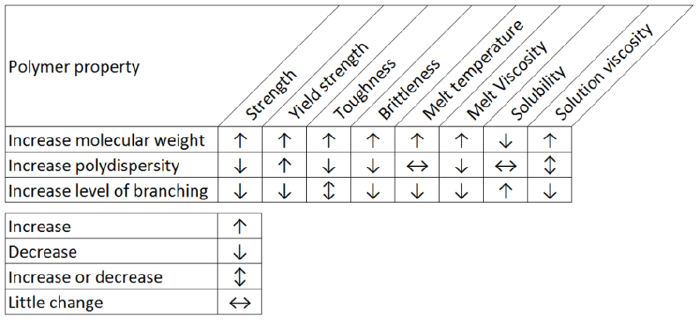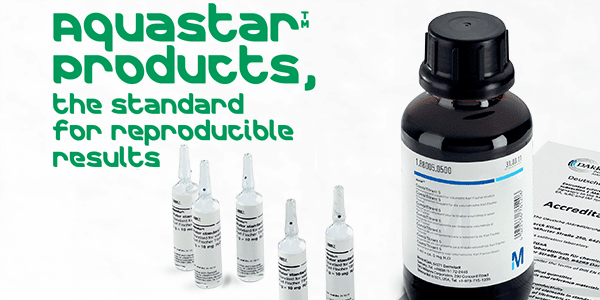The top ten reasons to consider an advanced multi-detector GPC system, which incorporates light scattering detectors for the measurement of absolute molecular weight and molecular weight distribution with excellent accuracy.


False

The top ten reasons to consider an advanced multi-detector GPC system, which incorporates light scattering detectors for the measurement of absolute molecular weight and molecular weight distribution with excellent accuracy.


Receive the latest pathologist news, personalities, education, and career development – weekly to your inbox.

Dive deeper into the world of pathology. Explore the latest articles, case studies, expert insights, and groundbreaking research.
False
False

January 9, 2017
Now that the life science business of Merck KGaA, ...

January 16, 2017
Analyzing samples of a raw broccoli and a broccoli that was processed to be sold frozen we show the sample-distinguishing differences that occur during food processing...

January 23, 2017
Determining the water content of gases, liquids and solids can be achieved with a high degree of accuracy using Karl Fischer titration together with our Aquastar® reagents and standards from Merck...

January 27, 2017
Polymers are “special substances” in terms of REACH...
To continue reading, either register for a free account below or login.
Register or LoginFalse